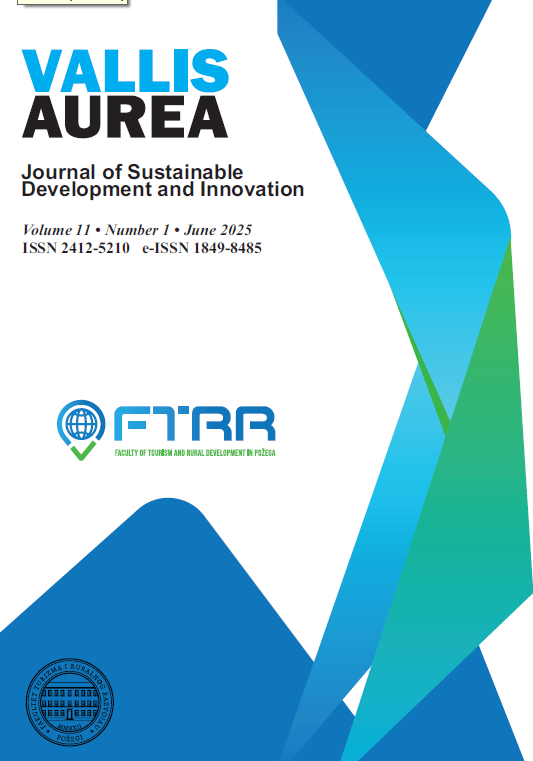Technical and Economic Aspects in the Development of Additive Technology
DOI:
https://doi.org/10.62598/JVA.11.1.6.17Keywords:
additive technologies, surface roughness, costs, economic aspect, sustainable developmentAbstract
This paper studies the importance and development of additive technology through technical and economic aspects. The technical aspect includes research about the influence of surface inclination and layer thickness on the surface roughness of the produced test samples. Two AM technologies or processes (FDM and SLS) were used, with the use of three different materials (PLA, PETG and PA12) and two subsequent treatments (compressed air and glass bead blasting). Surface roughness parameters (Ra, Rz and Rmax) were measured and analyzed after different manufacturing conditions. Their variability and statistical analysis are presented. From the obtained results, it is evident that with increasing slope (from 0° to 90°) the values increase to a maximum (between 10° and 40°), after which they decrease (from 50° to 90°), while increasing the thickness of the layer causes higher values of roughness parameters. Also, the aim of the paper is to determine the economic profitability of the used procedures, that is, the impact of the manufacturing procedures on the price of the product. Modern and innovative materials and technologies are used in the research. By using innovative technologies, we influence on sustainable development, which speaks of the fact that we need to meet our needs with quality, while taking care that the generations that come after us also have this opportunity.
References
1. Badiru, A. B., Valencia, V. V., Liu, D. (2017) Additive Manufacturing Handbook: Product Development for the Defense Industry, CRC Press - Taylor & Francis Group, Boca Raton.
2. Feketić, Z. (2022) Utjecaj debljine sloja i nagiba površine na hrapavost probnih uzoraka dobivenih aditivnim tehnologijama, Graduation thesis, Karlovac University of Applied Sciences, Karlovac.
3. Gebhardt, A. (2012) Understanding Additive Manufacturing, Carl Hanser Verlag, München.
4. Gibson, I., Rosen, D., Stucker, B. (2015) Additive Manufacturing Technologies - 3D Printing, Rapid Prototyping and Direct Digital Manufacturing, Springer-Verlag, New York.
5. Šančić, T., Tomašić A. (2022) Ispitivanje mehaničkih svojstava materijala proizvedenih taložnim srašćivanjem, 8th International Conference „Vallis Aurea“ 2022, Požega.
6. Šimunić, N., Kostadin, T., Stipaničić, I., Grugrić, I. (2024) Safety measures in additive manufacturing, 9th International Professional and Scientific Conference „Occupational Safety and Health“ 2024, Zadar,
Downloads
Published
Issue
Section
License
Copyright (c) 2025 Vallis Aurea

This work is licensed under a Creative Commons Attribution-NonCommercial-NoDerivatives 4.0 International License.
Authors of papers for publishing in the journal agree under a Creative Commons Attribution-NonCommercial-NoDerivatives 4.0 International License.https://creativecommons.org/licenses/by-nc-nd/4.0/







